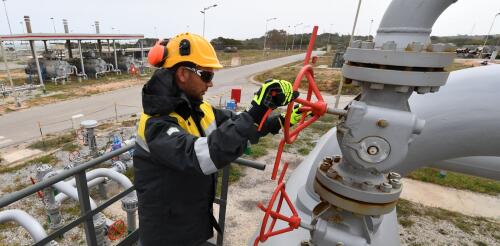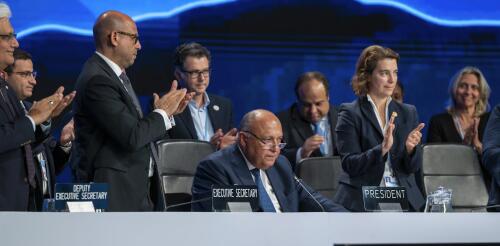COP27
Many of the companies promising “net-zero” emissions to protect the climate are relying on vast swaths of forests and what are known as carbon offsets to meet that goal. On paper, carbon offsets appear to balance out a company’s carbon emissions: The company pays to protect trees, which absorb carbon dioxide from the air. The company can then claim the absorbed carbon dioxide as an offset that reduces its net impact on the climate. However, our new satellite analysis reveals what researchers have suspected for years: Forest offsets might not actually be doing much for the climate. You can listen to more articles from The Conversation, narrated by Noa, here. When we looked at satellite tracking of carbon levels and logging activity in California forests, we found that carbon isn’t increasing in the state’s 37 offset project sites any more than in other areas, and timber companies aren’t logging less than they did before. The findings s...
What’s the cheapest, quickest way to reduce climate change without roiling the economy? In the United States, it may be by reducing methane emissions from the oil and gas industry. Methane is the main component of natural gas, and it can leak anywhere along the supply chain, from the wellhead and processing plant, through pipelines and distribution lines, all the way to the burner of your home’s stove or furnace. Once it reaches the atmosphere, methane’s super heat-trapping properties render it a major agent of warming. Over 20 years, methane causes 85 times more warming than the same amount of carbon dioxide. But methane doesn’t stay in the atmosphere for long, so stopping methane leaks today can have a fast impact on lowering global temperatures. That’s one reason governments at the 2022 United Nations climate change conference in Egypt focused on methane as an easy win in the climate battle. So far, 150 countries, including the United States...
Russia’s war on Ukraine has cast a shadow over this week’s meetings of world leaders at the G-20 summit in Bali and the United Nations climate change conference in Egypt. The war has dramatically disrupted energy markets the world over, leaving many countries vulnerable to price spikes amid supply shortages. Europe, worried about keeping the heat on through winter, is outbidding poor countries for natural gas, even paying premiums to reroute tanker ships after Russia cut off most of its usual natural gas supply. Some countries are restarting coal-fired power plants. Others are looking for ways to expand fossil fuel production, including new projects in Africa. These actions are a long way from the countries’ pledges just a year ago to rein in fossil fuels, and they’re likely to further increase greenhouse gas emissions, at least temporarily. But will the war and the economic turmoil prevent the world from meeting the Paris climate agreement’s lon...
Leer in español Something significant is happening in the desert in Egypt as countries meet at COP27, the United Nations summit on climate change. Despite frustrating sclerosis in the negotiating halls, the pathway forward for ramping up climate finance to help low-income countries adapt to climate change and transition to clean energy is becoming clearer. I spent a large part of my career working on international finance at the World Bank and the United Nations and now advise public development and private funds and teach climate diplomacy focusing on finance. Climate finance has been one of the thorniest issues in global climate negotiations for decades, but I’m seeing four promising signs of progress at COP27. Getting to net zero – without greenwashing First, the goal – getting the world to net zero greenhouse gas emissions by 2050 to stop global warming – is clearer. The last climate conference, COP26 in Glasgow, Scotland, nearly fell apart o...
Developing nations were justifiably jubilant at the close of COP27 as negotiators from wealthy countries around the world agreed for the first time to establish a dedicated “loss and damage” fund for vulnerable countries harmed by climate change. It was an important and hard fought acknowledgment of the damage – and of who bears at least some responsibility for the cost. But the fund might not materialize in the way that developing countries hope. I study global environmental policy and have been following climate negotiations from their inception at the 1992 Rio Earth Summit. Here’s what’s in the agreement reached at COP27, the United Nations climate talks in Egypt in November 2022, and why it holds much promise but very few commitments. 3 key questions All decisions at these U.N. climate conferences – always – are promissory notes. And the legacy of climate negotiations is one of promises not kept. This promise, welcome as it is,...




